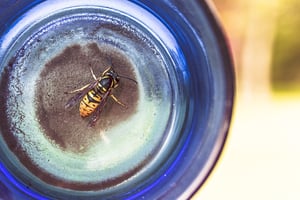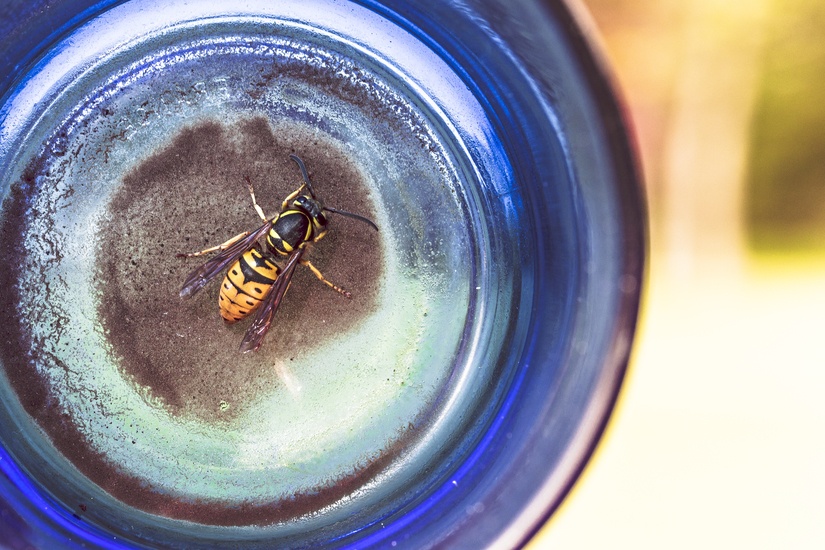Reading food labels is helpful for identifying what ingredients have gone into your food, determining the total fat content, total calories to be consumed etc. However there are some ingredients you won’t see listed on packages or food labels but which people unknowingly eat every day!
Arsenic
By and large, rice is seen as a pretty safe, healthy food; however, studies have suggested that it may also contain unsafe levels of the toxic substance arsenic. One study, conducted at The University of Aberdeen by Andrew Meharg, Professor of Biogeochemistry has suggested that one in five packs of American long-grain rice contain potentially harmful levels of the toxic substance, while others have reported concern for the levels of arsenic in rice milk and baby rice.

According to tests by Consumer Reports, people who ate rice had 44 percent greater levels of arsenic in their bodies than those who had not. While there is relatively little risk of the odd bowl of rice causing any long lasting harm, perhaps a little moderation would be wise if reports are to be believed.
InsectsThe US Food and Drug Administration (FDA) allows for ‘natural defects’ therefore permitting a certain amount of insects and rodent hair to be present in food products.
For example, chocolate products may contain an average of 60 insect fragments and one rodent hair per 100g, while citrus fruit juice can contain one maggot per 250ml. Enjoy!
LeadA 2004 study revealed that up to 28 percent of lipsticks contain chemicals that can cause cancer and a 2007 study by the Campaign for Safe Cosmetics found that more than 50 percent of lipstick brands contained lead.
WoodCellulose products, gums and fibres allow food manufactures to offer white bread with high dietary fibre content and low-fat ice cream that still feels creamy on the tongue. Cellulose additives belong to a family of substances known as hydrocolloids that act in various ways with water, such as creating gels.
46 teaspoons of sugarAccording to a study published in the Journal of the American Medical Association, food companies have been increasing the sugar content of processed foods to make them more appealing. The study showed that some consumers are unknowingly eating up to 46 teaspoons a day, increasing risk of health conditions including heart disease.
(Image Credit: gratisography via www.pexels.com)


